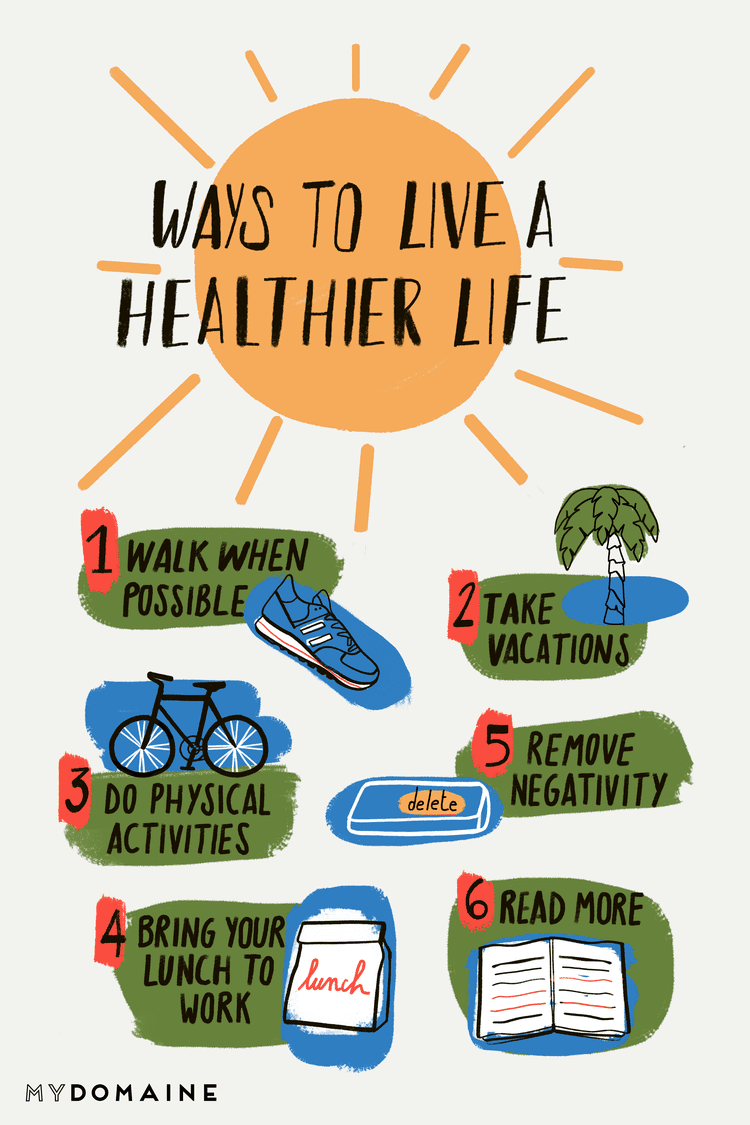
Many factors can influence the quantity and quality of food that is consumed by seniors. These factors include emotional and social factors. It is important to identify specific elderly subgroups, as well as the role of food related support services. In order to help seniors understand nutrition, they should be provided with education on how to manage their food intake.
Insufficient nutrition or malnutrition in the elderly can lead to decreased physical and mental activity and reduced strength and energy. Malnutrition is a major cause of premature death in elderly people. The European Society of Clinical Nutrition and Metabolism defines malnutrition as the deficiency of nutrients necessary for the maintenance of normal body weight, energy, and body composition.
Housebound older adults or those who live alone may be at greater risk for nutritional problems than other seniors. This could be due a decreased mobility or reduced income as well as a lack of access to healthy food.

The importance of nutrition education in reducing the risk of chronic disease is not only related to food, but also the support services that are available. It promotes healthy aging by improving nutrition intake and sedentary habits.
The goal of the Healthy Aging Program is to promote the health of older adults and reduce hunger and food insecurity. They can also form new relationships and engage in health promotion services. The Healthy Aging Program gives access to nutrition services in order to improve dietary intake, sedentary behavior, and overall health. The program encourages healthy eating habits and exercise, as well as a positive attitude towards aging.
REACH is a research project that focuses upon nutrition and physical activity in older people. The semi-structured interview provides insights into the habits and food preferences of older adults. This information was then used in the development of a scenario based personalized food provision module.
This module included recipes that were tailored to each participant, following both guidelines and best practices in senior nutrition. For each participant, a complete personalised nutrition was calculated, including carbohydrates and protein as well as fat. It also included the ingredients and cooking conditions for each participant.

A quarter of all elderly Americans live in rural areas where food access is limited. Older adults may not have the money to purchase nutritious foods if they are on a fixed income. They might limit or eliminate food intake. They may also opt for cheaper brands.
The elderly population requires prevention measures that are customized for each individual. Personalized nutrition should also be encouraged. The Elderly Nutrition Program also receives client contributions and state and federal funding. It is also supported locally.
The Department of Health and Human Services and the U.S. Department of Agriculture administer the Elderly Nutrition Program.
FAQ
What is the best diet for me?
Your lifestyle and individual needs will determine the best diet for your body. It's also important to consider how much energy your exercise consumes, whether you prefer low-calorie meals, and if fruits and veggies are something you enjoy.
Intermittent fasting is a good option if you're trying to lose weight. Intermittent fasting is a way to eat only certain meals during the day instead of three large meals. This method may work better than traditional diets which include daily calorie counts.
Some studies suggest that intermittent fasting may improve insulin sensitivity and reduce inflammation, which can lead to improved blood sugar levels and reduced risk of diabetes. Intermittent fasting has been shown to promote fat loss as well as improve overall body composition.
What are the top 10 healthy habits?
-
Get breakfast every morning.
-
Don't skip meals.
-
Maintain a balanced diet.
-
Get plenty of water.
-
Take care of your body.
-
Get enough sleep.
-
Stay away from junk foods.
-
Do some exercise every day.
-
Have fun
-
Find new friends
These are five tips to help you lead a healthy lifestyle.
These are 5 ways you can live a healthy and happy life.
Healthy living means eating right, exercising regularly and getting enough sleep. It also involves managing stress and having fun. Eating well means avoiding processed foods, sugar, and unhealthy fats. Exercise can help you burn calories and strengthen your muscles. Sleeping well improves concentration and memory. Stress management can reduce anxiety and depression. Fun is the key to keeping us healthy and happy.
What is the healthiest lifestyle to life?
Healthy lifestyles include eating healthy food, regular exercise, good sleep, and avoiding stress. These guidelines will help you live a long, healthy life.
Starting small can make a big difference in your diet, and even your exercise routine. To lose weight, you can start walking 30 minutes per day. Swimming or dancing are great options if your goal is to become more active. A Fitbit or Strava online program that tracks your activity can be joined.
How can I lower my blood pressure
You must first determine the cause of high blood pressure. You must then take steps towards reducing the problem. This could include eating less salt, losing weight if necessary, taking medication, etc.
It is important to ensure that you get enough exercise. You can also walk if you don’t have the time.
A gym membership is a good idea if you don't like how much exercise your doing. You'll probably want to join a gym where there are other people who share your goals. It is easier to adhere to a fitness routine when someone else will be there with you.
What is the distinction between a calories and a kilogramcalorie?
Calories measure the amount energy in food. Calories are a unit of measurement. One calorie represents the energy required to raise one gram of water's temperature by one degree Celsius.
Kilocalories can also be used to refer to calories. Kilocalories measure in thousandths (or calorie) of a calorie. 1000 calories equals 1 kilocalorie.
Is being cold bad for your immune system?
Being cold gives you a weaker immune system because when you are cold, your body produces less white blood cells which fight infections. However, being cold also makes you feel better because your body releases endorphins into your brain which reduce pain.
Statistics
- According to the Physical Activity Guidelines for Americans, we should strive for at least 150 minutes of moderate intensity activity each week (54Trusted Source Smoking, harmful use of drugs, and alcohol abuse can all seriously negatively affect your health. (healthline.com)
- WHO recommends consuming less than 5% of total energy intake for additional health benefits. (who.int)
- The Dietary Guidelines for Americans recommend keeping added sugar intake below 10% of your daily calorie intake, while the World Health Organization recommends slashing added sugars to 5% or less of your daily calories for optimal health (59Trusted (healthline.com)
- nutrients.[17]X Research sourceWhole grains to try include: 100% whole wheat pasta and bread, brown rice, whole grain oats, farro, millet, quinoa, and barley. (wikihow.com)
External Links
How To
27 Steps to achieve a healthy lifestyle when your family only buys junk food
Cooking at home is the best way to eat well. This is difficult for people who don't know how to cook healthy meals. This article will offer some suggestions on making healthier choices when dining out.
-
Look for restaurants that offer healthy choices.
-
Order salads before you order any meat dishes.
-
Ask for sauces with no added sugar.
-
Avoid fried food.
-
Choose grilled meats over fried.
-
Don't order dessert unless your really need it.
-
You should always have something else after dinner.
-
You should eat slowly and chew well.
-
When you eat, drink plenty of fluids.
-
Do not skip breakfast or lunch.
-
Have fruit and veggies with every meal.
-
Choose milk over soda
-
Try to stay away from sugary drinks.
-
Limit salt intake in your diet.
-
Limit the amount of time you eat at fast food restaurants.
-
Ask someone to join if temptation is too much.
-
You should not allow your children to watch too many TV programs.
-
When you are eating, keep the TV off.
-
Avoid energy drinks
-
Regular breaks from work are important.
-
Get up early and go for a run.
-
Do some exercise every day.
-
Start small and progress slowly.
-
Set realistic goals.
-
Be patient.
-
You can exercise even when you don't feel like doing it.
-
Positive thinking is key.